How we got our music on commercial radio in Canada with no money

Get Your Music On Commercial Radio
How do you get your music on commercial radio with no money? I’m going to explain to you how I got one of my clients’ new singles on commercial radio in Canada, my very first time trying in 2015. Why the focus on Canadian radio? Well for one we are Canadian. For two, you need to start somewhere and when you’re doing all the labour yourself with no budget I figured you should start with one country. There’s a lot of data collection so it just makes sense to break it down like that. Lastly, when you’re a Canadian and you want your music on Canadian radio, you just might have a better chance because they are required to play a certain amount of Canadian content (aka CANCON). I could write a whole other article on this, and maybe I will, but for now let’s just dive into how our song got on the radio.
It’s Not As Hard As You Think
Before I dove in, I thought it was going to be really tough. I thought there was some sacred procedure to getting a hold of the right people. And honestly I wondered if I could do it without a label or radio promoter. Turns out radio station people – especially receptionists – are really quite nice and open to listening to you. Heck! Maybe I just had good luck.
Now don’t get me wrong, I’m not saying it’s easy to get your songs on the radio. I’m also not saying you don’t need a label or extra promotion help to get you on the radio. That’s entirely for you to decide. I do know that it’s very easy to find the contacts to the right people, and I also know that although I may have had a little so-called luck, that this process is significantly easier and more efficient when you have 1) money or 2) a label.
With even as little as just a couple hundred bucks you can pay to distribute your songs through DMDS yourself. Or you can pay a couple thousand bucks to hire a radio promoter who already has all of the connections. But this article explains how to get your music on the radio with no money, no promoter, and no label, so let’s talk about that.
Our Success
Within 3 days of distributing this particular single to about 50 stations (via email), the single was picked up by one station in Edmonton, Alberta. That was a really exciting moment for us. That station will forever be that artists first ever radio add. The song ended up hitting top 10 on multiple pop radio charts, and hit Platinum sales about a year later in 2016.
Fast forward to about a month and a half after that first radio add, and we decided to put some money towards radio distribution through Yangaroo DMDS (Digital Media Distribution System). We sent the song to several hundred Canadian AND American stations. I wrote this handy dandy article Do It Yourself Radio Promotion with DMDS for those of you with a couple hundred extra bucks. For those who don’t, keep reading.
DIY: Do It Your-Poor-Self
OK, so let’s say you don’t have any pennies to be putting towards radio promotion (its ok guys), but what you do have is a little bit of time. You aren’t signed to a label, you don’t have a radio promoter, and you don’t have money to register for any radio distribution systems (such as DMDS). You are doing this all by your poor lonesome. Well, here’s how we did it…
1. Write a Radio Hit
First of all, you ain’t gonna get your song on the radio if it doesn’t fit into a radio format. Study other artists that are on the radio, analyze their writing skills, figure out what is getting them on the radio. Or don’t study and just naturally have a radio hit. Whatever. Just make sure radio is for you.
2. Start Your Radio Contact Database
- Create an excel sheet with:
- Location – Broadcaster – Station – Contact Info – Contacted – Response
- Begin to create your own database of major and small market stations based around your format. You can find all the major stations by Googling the broadcasters name with something like “Bell Radio Stations”, and so on:
- Bell Media
- Harvard Broadcasting
- Rogers
- Newcap
- Jim Pattison
- And any others that you can find or know about
- Scroll through each of their stations and pick out the ones that fit your music style / format
- Visit the station website and click on the contact or about page
- Fill out your database with the location of the station, the name of the broadcaster, the station name and number, and contact info for the Music Director or Program Director
- If the contact information isn’t listed on the website, CALL THE STATION AND ASK FOR IT
At absolute least you should get the Music Directors contact information. Every single station I called happily gave me their Music Directors email and phone number. If you want to take it a step further than I did, you could also contact the Program Director, General Manager, and On Air Talent. They all get together for music meetings once a week, so you shouldn’t need to contact everyone, but it can’t hurt to go at it from all angles.
BONUS TIP: DMDS has a list of all stations sorted by format here. Google all those stations and collect information that way! I didn’t know this until after I did the above – GO FIGURE. One might work better for you than the other. Either way they both accomplish the same thing.
3. Start Contacting Your Contacts
Your best bet is to check out our book that has real advice from real radio programmers on how to send your songs to them. But until then, here’s a quick suggestion. Call or email. Sometimes I just don’t like calling people when I know they aren’t expecting it, and I know some people don’t like being called out of the blue. So it’s probably best if you email them first. Keep it short. I include:
- A longer subject line with artist name, song name, location
- Something notable about the song or the artist
- That it’s CANCON
- Link to the song
- Link to the artist EPK
Make sure you add the dates you contacted them in your database!
4. Wait It Out
Building the database was the “easy” part. Once you get the contact information there are still many other waiting factors, such as:
- Waiting for your contact person to listen
- Waiting for that person to take the song into their weekly music meeting
- Hoping the team likes the song
- Waiting for your contact person to respond to let you know if they liked it
- Hoping they like it enough that they’ll feature it or add it to rotation
- Hoping that radio listeners will like it, Shazam it, request it, and then buy it!
Waiting, hoping, waiting, hoping.
Now maybe we got a little lucky with our single. The Edmonton station got back to me the next day after I sent it to them and told me they loved the song and would take the song into their music meeting. The day after that they told me everyone in the meeting loved it and that they were adding it to rotation. Within a week we were charting on Shazam. So, sometimes the waiting game isn’t so bad!
5. Follow Up
Not everyone has time to check every email every day. Nor does everyone have time to respond to every email when it comes in. Sometimes they are forgotten about because you didn’t have time to check it that day, and then 1000 emails pile on top of it. To stay on their minds, follow up! Ideally, you’re only following up when you have something new to tell them – like a new radio add. But if you don’t and you just want to check in to see if they’ve listened to it yet, then I would say contact them within the 7-14 day mark after your first email.
When they do respond, put it into your database! You’ll thank me later that you kept track of all this stuff.
6. Send Your Song to Mediabase
Send your mp3 to encoding@mediabase.com asap. Include the artist name, song title, label name (or Indie) and if the song is Canadian Content (Cancon/MAPL) and the radio release date.
Now, I would suggest you send your song to this email before getting radio play, no matter your genre. It might make their lives easier so they don’t have to track you down. If you’re wondering how you get reports from Mediabase, it’ll cost about $200 US per month to be a subscriber if you’re an independent.
Build Relationships
Aside from the above Do It Your Poor Self plan, it’s always important to get to know people. If you have the opportunity, get to know the radio station directors, they are the ones that can make or break your career. As for the ones that add your music, forever treat them like family. You can start stalking the ones you’ve now added to your database, or just keep radio people in mind throughout your travels. When you’re out at music functions, try to meet them and build genuine friendships. This goes for anyone and everyone. As I always say, networking is your biggest asset aside from your talent.
Have you managed to get your song(s) on the radio with no money and no help? Tell us how you did it in the comments section!
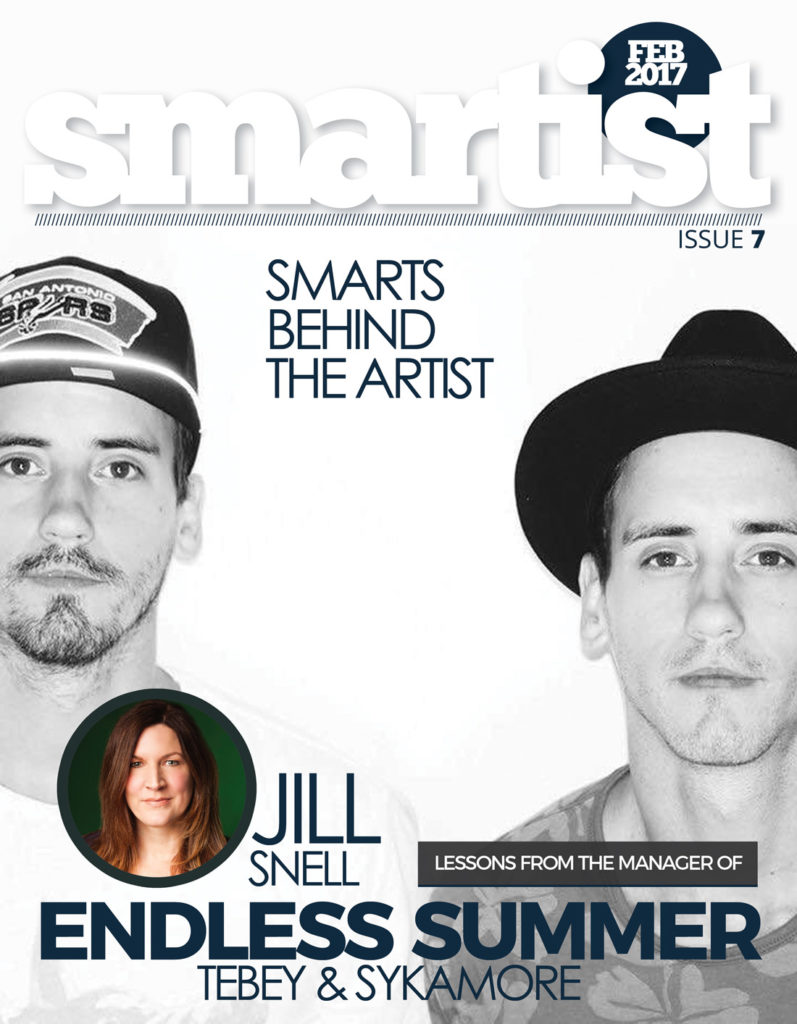
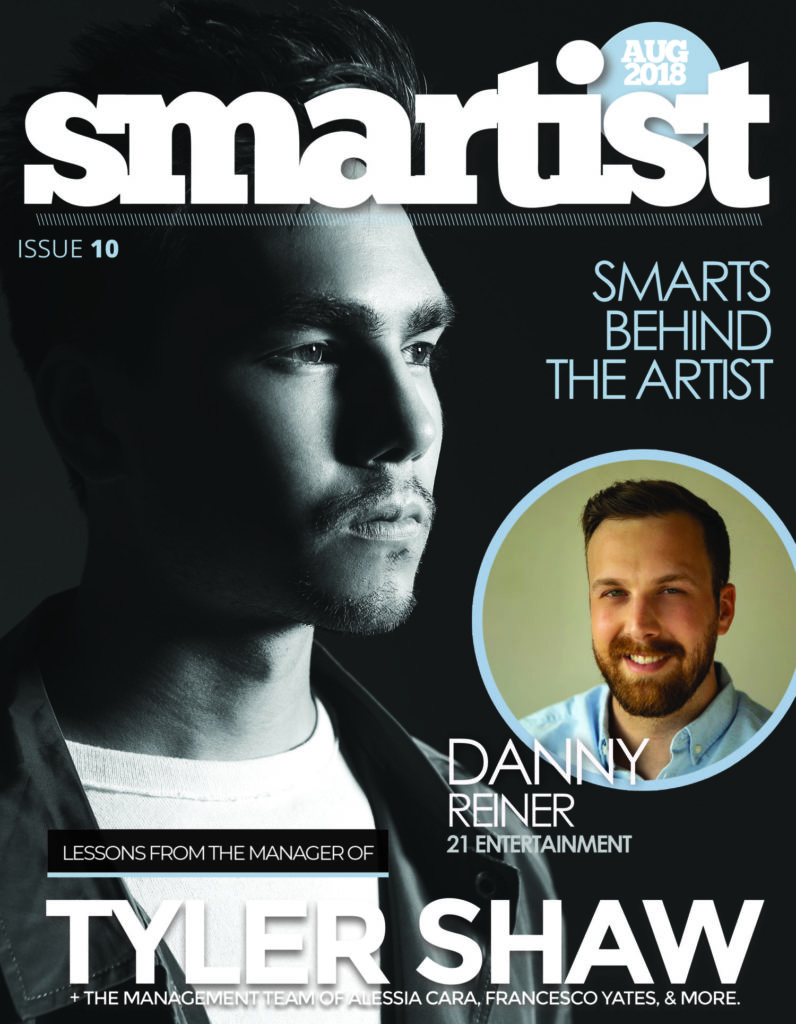
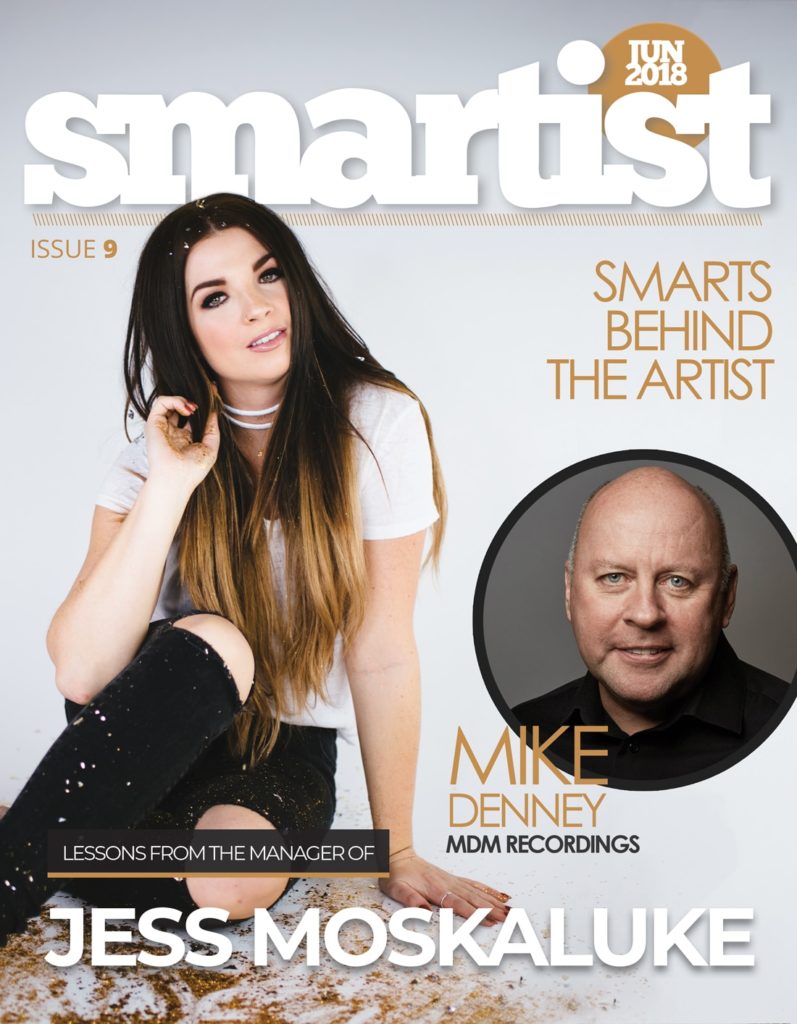
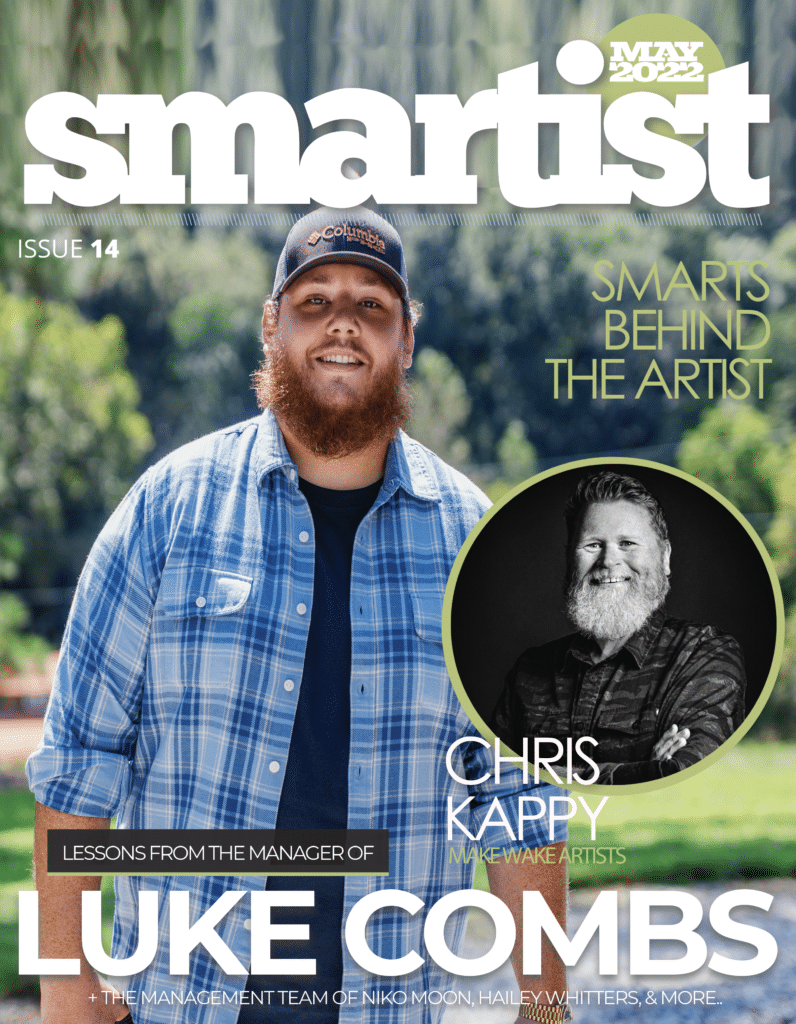
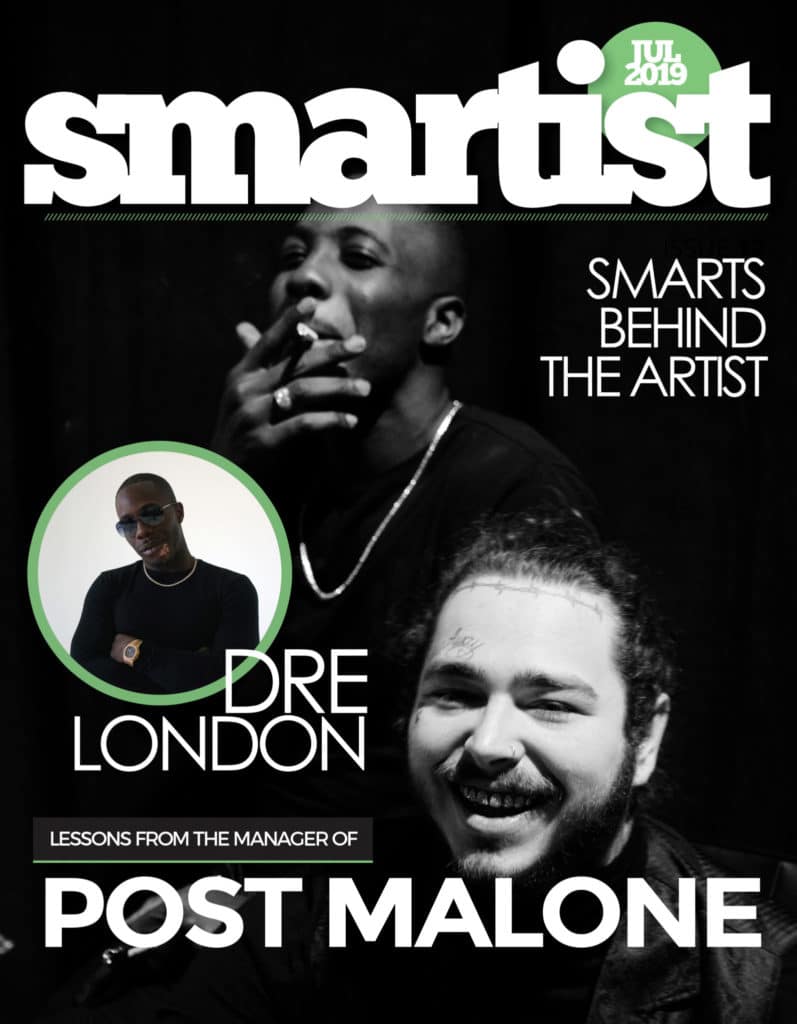
This entire website is incredible! I’ve been hangin’ out here for the last two days! One question, when you submitted the song to radio did you submit with an mp3 attachment and one sheet? Thanks!
Lynx! Happy to have you around! If you’re sending through DMDS (North American radio distribution), then you attach Mp3’s and fill out the form with all artist information. When you’re emailing, you’ll want to send as much information as you can, but send a streaming link to start. Either SoundCloud or Spotify or other. And if they like it they will ask you for an Mp3.